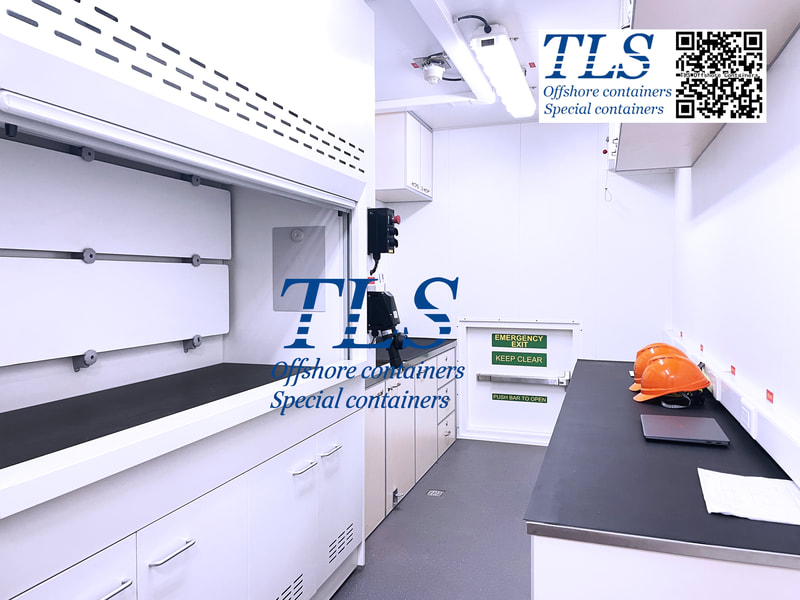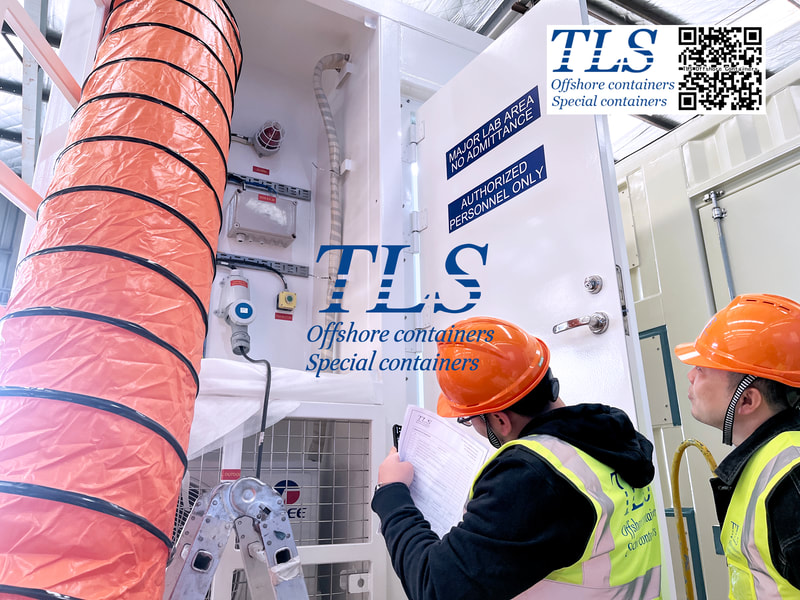Should I choose a positive pressure container or a negative pressure container for the safety area?12/6/2023
In workplaces where hazardous materials and hazardous environments are handled, selecting appropriate protective equipment is an important part of ensuring worker safety. Positive pressure containers and negative pressure containers are two types of containers widely used in these environments. They have unique applications in the division of dangerous areas and safe areas and the protective effect. DANGER ZONE AND SAFE ZONE DIVISION Positive pressure containers are suitable for hazardous areas: The principle of a positive pressure container is to fill the container with air from a safe area through a hose connected to a positive pressure source to maintain a positive pressure state in the container. It is suitable for hazardous areas that need to prevent external harmful substances from entering, such as handling chemicals, biological experiments, medical isolation and other environments. Negative pressure containers are suitable for safe areas: The negative pressure container draws out the air in the container through the hose to ensure the negative pressure state in the container and prevent toxic gases or dust from leaking into the surrounding environment. It is suitable for scenarios where the spread of harmful substances needs to be controlled in a safe area, such as chemical processing, dust control, etc. PROTECTIVE EFFECT Positive pressure container: prevent external contamination from entering: The positive pressure container effectively isolates operators in the dangerous area from the influence of dangerous substances in the external environment by maintaining a positive pressure state inside the container. Through the principle of positive pressure, external pollutants are prevented from entering the work space, providing an efficient external barrier. Negative pressure container: prevent leakage of internal pollutants: The negative pressure container draws out the air inside the container to ensure that the air pressure inside the container is lower than the external environment, effectively preventing internal toxic and harmful substances from leaking to the surroundings. Through the negative pressure principle, hazardous materials can be quickly confined in the container even in an emergency, protecting the external environment and the safety of operators. When choosing between a positive pressure container and a negative pressure container, the key is to understand the nature of the work environment and the characteristics of hazardous materials. Positive pressure containers are suitable for scenarios where external pollution needs to be blocked in dangerous areas, while negative pressure containers are suitable for scenarios where the spread of internal pollutants needs to be controlled in safe areas. No matter which protective equipment is chosen, relevant safety standards and regulations need to be followed to ensure the suitability, performance and reliability of the equipment to ensure a safe and controllable working environment. Comments are closed.
|
Archives
July 2024
Categories
All
|
- Home
-
Containerised solutions
- Intelligent pressurised container | MUD logging cabin
- Battery energy storage system (BESS) container
- Flexible grid tied battery storage system
- Laboratory container | workshop container | Equipment containers
- Temporary refuge shelter | Toxic gas refuge | Safe haven
- Offshore accommodation cabin | office container
- Reefer container | Refrigerated container
- Intelligent waste water treatment container
- Fresh water generator container
- Cargo Containers
- Product photos & videos
- News & Blogs
- Contact us
|
Featured products
Intelligent pressurised container Temporary refuge (TR) shelter, toxic gas refuge (TGR) Battery energy storage system (BESS) container Containerised waste water treatment plant Fresh water generator container Reefer container Laboratory container, Workshop container Accommodation container Offshore closed container |
All Rights Reserved 2020 © TLS Offshore Containers / TLS Energy
|




